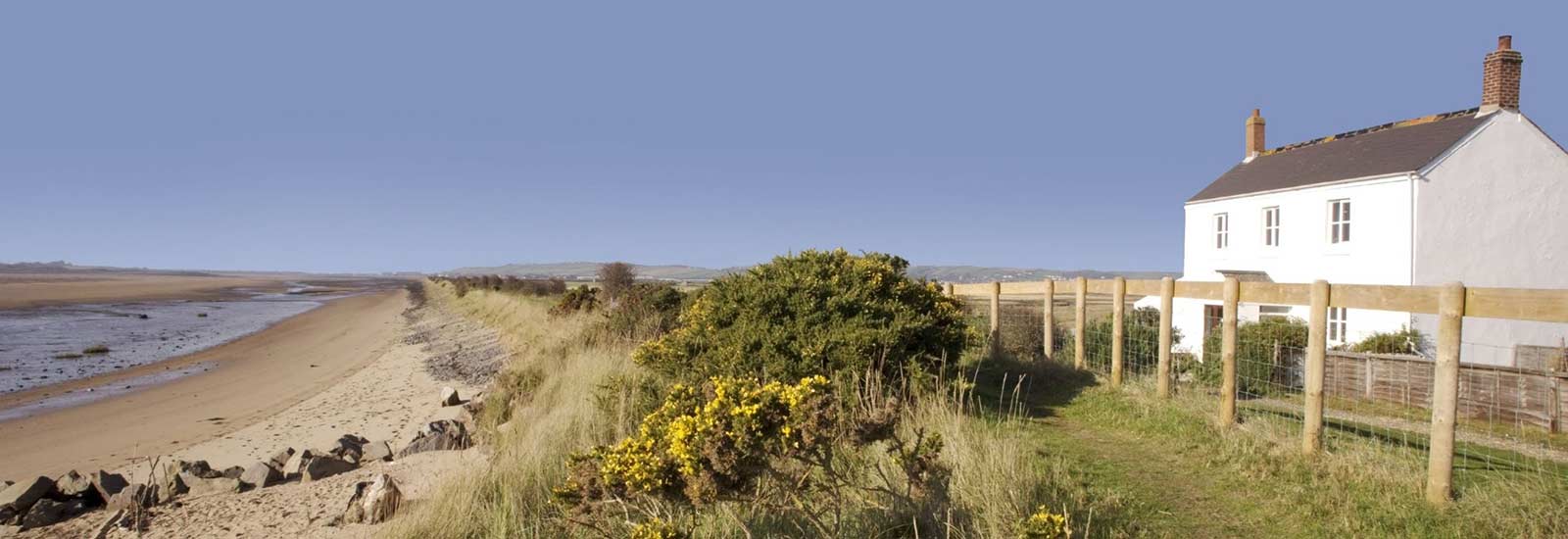Buying and letting a holiday home
Written by Nick Grant
|
Published on 13th May 2022
|
Last Updated on 23rd February 2024
|
Read time: 8 minutes

Purchasing a holiday home is an exciting prospect. It offers you the opportunity to get to know another area intimately, immerse yourself in a new culture, and de-stress from working life. These are just a few of the reasons growing numbers of people are buying a second property. If you’re one of the lucky ones, you’ll first want to ensure there’s an insurance policy in place that protects your prized asset for years to come. That’s where Intasure can help.
Why buy a holiday home?
There are several reasons why so many people are investing in holiday homes. For one, it’s an escape from the bustle of city life, available whenever you feel like de-stressing. But there are other reasons too— for instance, it’s also a great way of earning extra income. You might want to rent out your second property to holidaymakers for short periods when you’re not there, potentially offsetting the purchase cost.
Where to buy a holiday home?
Choosing where to buy your holiday home is an important consideration. Whether you buy in the UK or abroad, there are advantages and disadvantages to consider. One disadvantage to buying abroad is Brexit, as you’re no longer liable for tax breaks now that the UK has left the EU1
Plus, the value of the pound sterling has been quite volatile against the euro since Brexit2. So, because UK citizens pay in sterling, buying a property abroad may be proportionately more expensive than if you decided to opt for a British holiday home.
This is one reason why many people choose to buy a second home in the UK rather than abroad. Other reasons to buy in the UK include easy access, which is critical if a disaster arises. Also, you could be less likely to incur extra costs in the UK, since you’re probably more familiar with the rules and regulations here.
On the flip side, disadvantages to buying a holiday home in the UK include cost. For example, a house in the south of France is typically cheaper than in many parts of the UK3.
Purchasing your holiday home
Whether you’re buying a holiday home for your family or planning to rent it out, there are several legal issues to consider. For instance, if you plan to let your property out to holidaymakers, you must ensure you have a suitable holiday letting agreement with your solicitor and mortgage provider. You should also make sure that you fulfil your obligations as a landlord. For example, you’ll need to meet fire safety regulations and maintain housing facilities like swimming pools.
Please be mindful that if you’re applying for a mortgage, you will need a specific holiday let mortgage. This finance isn’t the same as a buy-to-let mortgage. It may also be within your best interests to take out appropriate forms of legal cover.
Regular buildings and contents insurance are unlikely to cover properties left vacant for more than one month at a time. Instead, you may require specialist holiday home insurance that covers issues like loss of rent and tenant damage. Public liability insurance is also worth considering, as this helps prevent costs arising from problems with guests. Your solicitor can help you navigate these matters.
Other things to consider are planning permission, especially if you are using the property as a holiday let for the first time. Certain areas also restrict you from purchasing a property for commercial gains, such as for a holiday let. Similarly, within the UK, if your holiday home is available to let out for more than 140 days, it is categorised as a self-catering property and will be liable for business rates instead of council tax4.
One last point. Arranging a mortgage for property overseas is typically a complex process, as you can either borrow from a UK bank or one in the country where the property is based. The different regulations abroad, together with foreign currency, can cause complications when applying for a mortgage. You may also have to put down a larger deposit.
Costs of buying a holiday home
There are several tax considerations to weigh up. For example, within the UK, stamp duty surcharges introduced in 2016 apply to second homes and typically increase by around 3 percent every property value band.
| Tax Band | Normal Rate | Additional Property |
|---|---|---|
| Less than £125k | 0% | 3%* |
| £125k to £250k | 2% | 5% |
| £250k to £925k | 5% | 8% |
| £925k to £1.5m | 10% | 13% |
| rest over £1.5m | 12% | 15% |
| *An additional property purchased for less than £40k will attract 0% tax. For purchases from £40k to £125k the SDLT rate will be 3% on full purchase price. |
The surcharge applies to the total property price. You are obliged to pay the tax if you own the property outright or have a share (if that share is worth more than £40,000).
Other costs you need to consider when buying a holiday home include:
- Legal fees paid to your solicitor.
- Funds required for a survey.
- Upkeep and maintenance once you’ve purchased the property.
- Furnishing and renovation to a standard that guests expect.
- Utility bills and insurance.
- The general cost of living.
- Agent fees if you’re renting your property out.
On the bright side, income is taxed favourably on holiday homes compared to long-term tenants’ properties. This is because holiday lets are considered a trade for tax purposes, so mortgage interest costs are removed from rental income. For a property to be considered a holiday home to let, it must be available for at least 210 days a year and let out for a minimum of 105 days5.
Letting a holiday home
Whether you’re a seasoned holiday homeowner or starting out, understanding how to market your property is paramount.
There are several aspects to consider, including:
- Your target audience – for example, if you want to appeal to couples with young children, there should be the appropriate facilities. You can then detail these benefits on whichever website you advertise your property.
- Marketing your holiday home effectively – writing a compelling description of your property, arranging a professional photographer, finding a popular online platform and making use of social media distribution.
- Figuring out the rate you should charge your guests – your best bet is to research what competing rentals are charging and compare this against the value for money that our holiday home would offer.
- Understanding that the price you charge changes according to several factors – such as fluctuations in price from weekday to weekend, or seasonal changes in price.
- Altering the fee in line with market trends.
- Recognising that when you arrange a mortgage, lenders may set a base target for yearly rental income.
Managing your holiday home
You should consider using a reputable agent to manage your home and bookings, especially if you don’t live nearby. Having an agent on your side will free up time to spend on other things, as managing your holiday home business can be a full time job. Agents will also have a deep understanding of the area and rental trends. They are also aware of when to augment prices in response to market trends. This means they will find the right clients and automatically increase occupancy rates. Other reasons to have an agent by your side include:
- Marketing expertise.
- Managing guest queries and complaints.
- Controlling paperwork.
- Taking payments.
- Updating you on legislation.
On a different note, it’s also essential that you maintain the property, including the garden, pool and any other facilities on the land. Doing so will ensure your property continues to appeal to potential holidaymakers. Security is essential, too. For instance, fire alarms and carbon monoxide detectors are a few measures you should take to protect your guests.
Costs of letting out a holiday home
There are various charges associated with managing a holiday home. For instance, if you choose to use a holiday home lettings agent, you’re faced with paying for their services. Likewise, you’ll need to consider for advertising and holiday let insurance requirements, such as public liability. Then there’s the cost of maintenance and repairs, so that your house remains in good shape and is fit for paying guests.
If you have any further questions regarding our holiday home insurance, contact our dedicated customer service team on 0345 111 0680 or get a quote below.
Useful links:
- Tax changes on European properties after Brexit | Currencies Direct
- poundsterlinglive.com/bank-of-england-spot/historical-spot-exchange-rates/gbp/GBP-to-EUR-2020
- propertyguides.com/france/news/what-does-the-price-of-an-average-uk-home-buy-you-in-france/
- Business rates: Self-catering and holiday let accommodation – GOV.UK (www.gov.uk)
- HS253 Furnished holiday lettings (2021) – GOV.UK (www.gov.uk)
The sole purpose of this article is to provide guidance on the issues covered. This article is not intended to give legal advice, and, accordingly, it should not be relied upon. It should not be regarded as a comprehensive statement of the law and/or market practice in this area. We make no claims as to the completeness or accuracy of the information contained herein or in the links which were live at the date of publication. You should not act upon (or should refrain from acting upon) information in this publication without first seeking specific legal and/or specialist advice. Arthur J. Gallagher Insurance Brokers Limited trading as Intasure accepts no liability for any inaccuracy, omission or mistake in this publication, nor will we be responsible for any loss which may be suffered as a result of any person relying on the information contained herein.

Nick Grant is a Business Development Manager at Intasure with 10 years of insurance experience.

